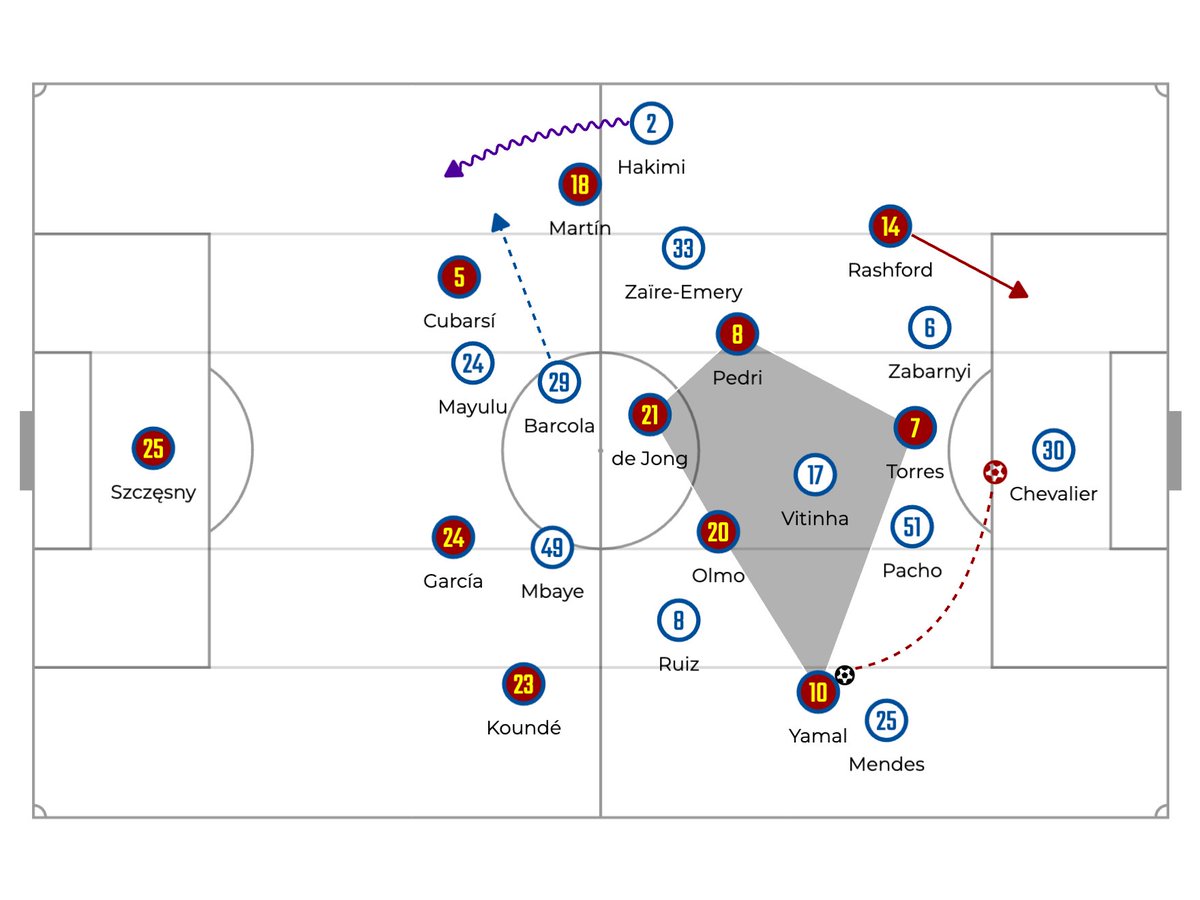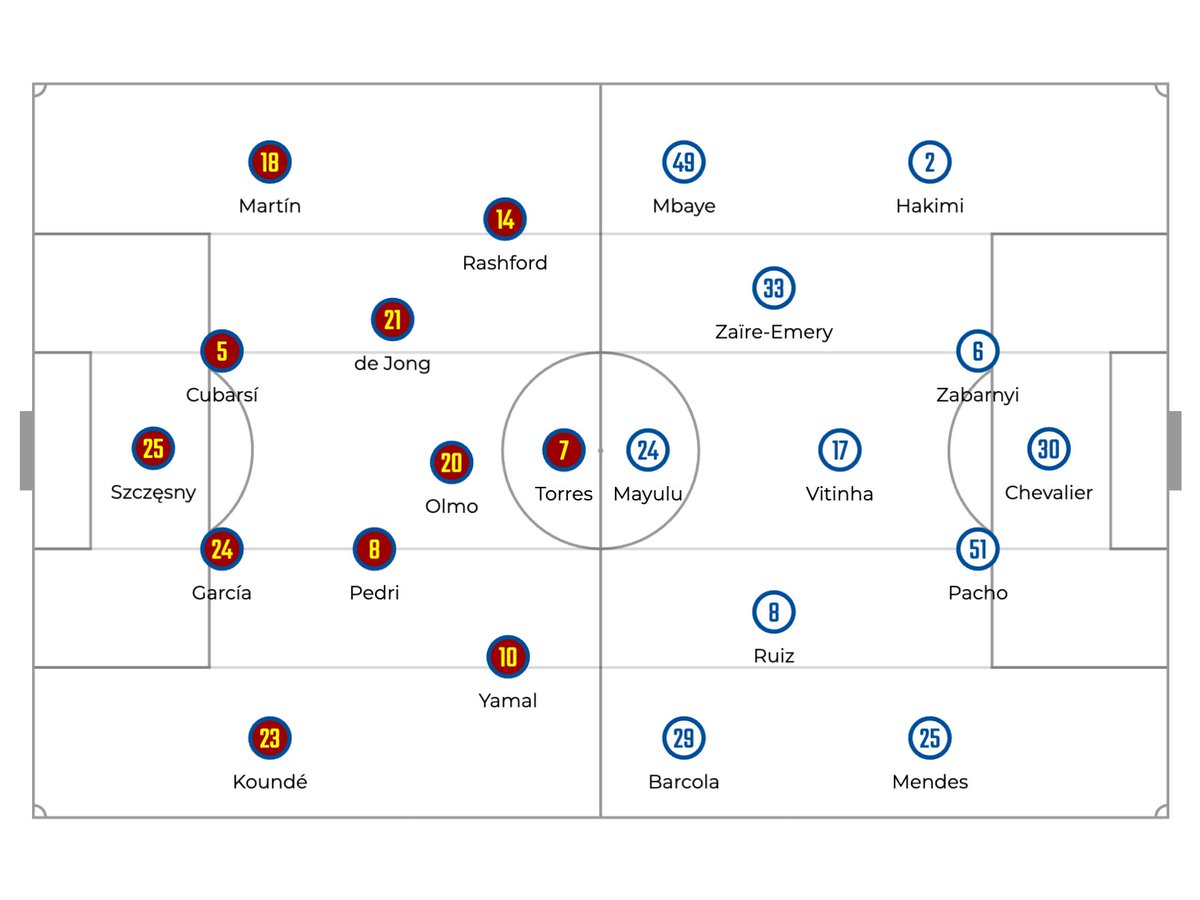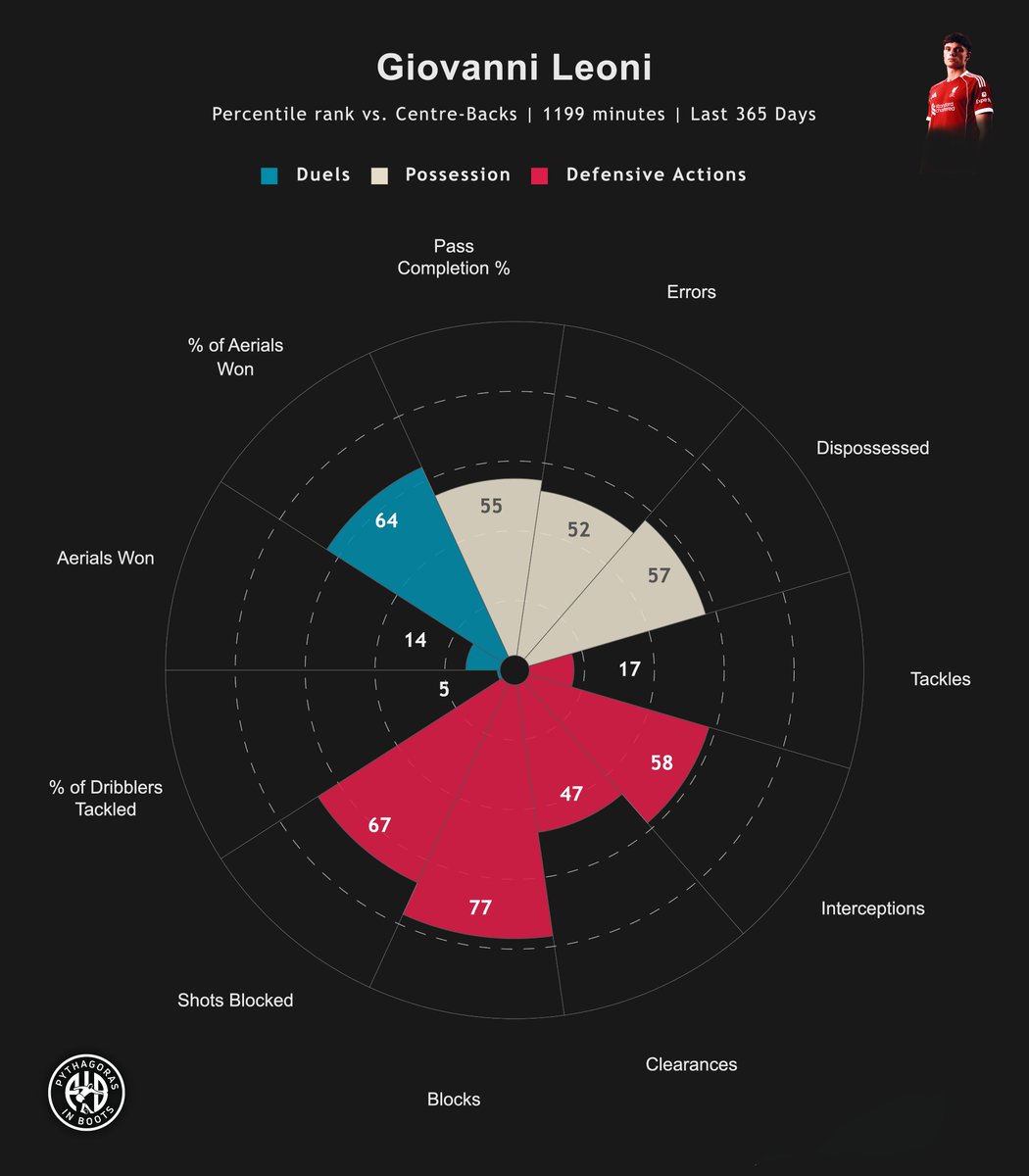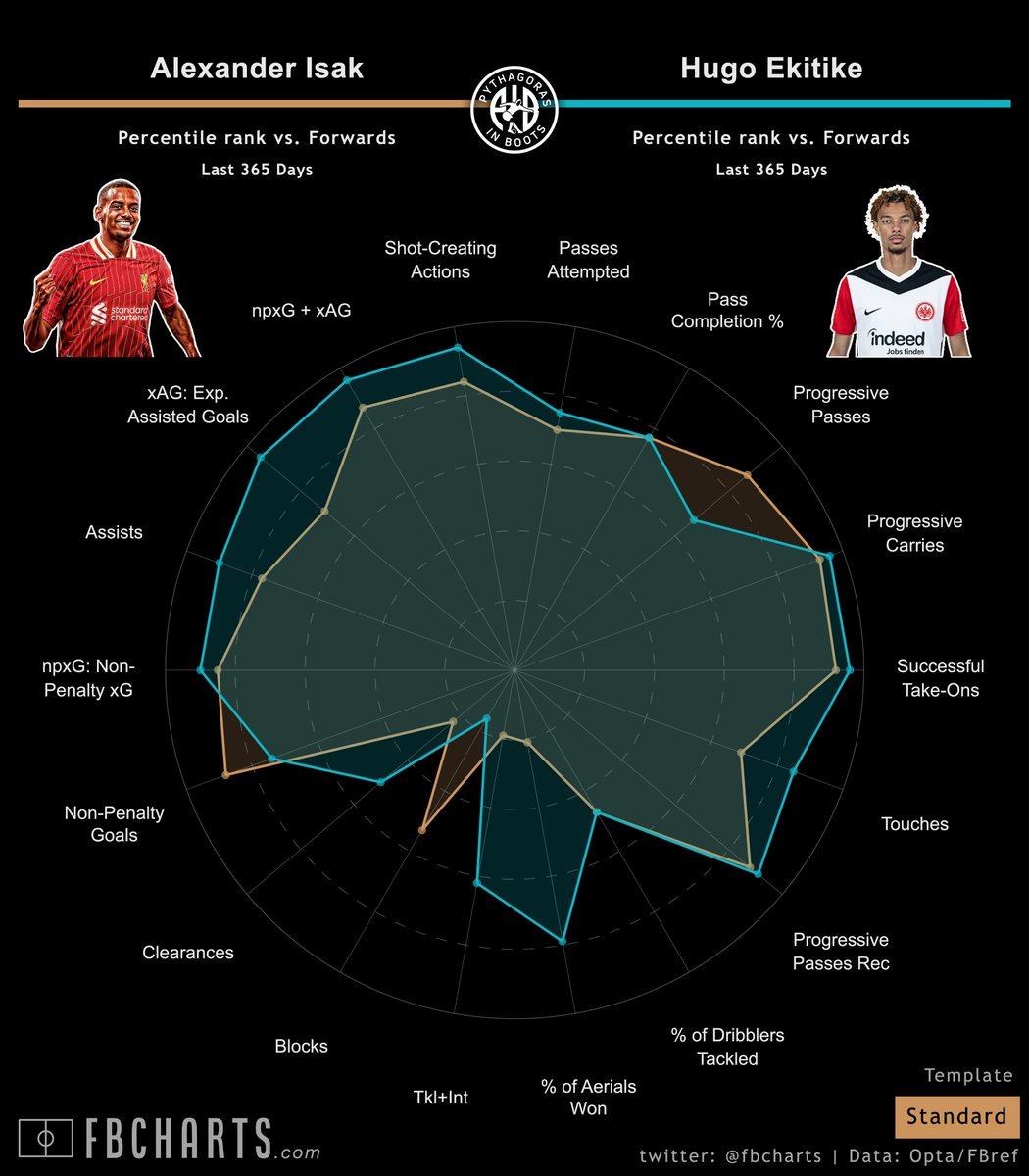#SUIESP - 𝐓𝐚𝐜𝐭𝐢𝐜𝐚𝐥 𝐓𝐡𝐫𝐞𝐚𝐝
Key points:
🔴No inverted wingers for Spain backfired
🔴Swiss played brilliantly with 10 men (4-4-1)
🔴Morata isolated (Pedri too deep)
🔴'Poor' Torres - Do not want at United
CC: @TacticalPad
#EURO2020 #SUI #ESP
Key points:
🔴No inverted wingers for Spain backfired
🔴Swiss played brilliantly with 10 men (4-4-1)
🔴Morata isolated (Pedri too deep)
🔴'Poor' Torres - Do not want at United
CC: @TacticalPad
#EURO2020 #SUI #ESP

Inverted Wingers are a modern trend for a reason.
Despite Sarabia impacting the side from RW, Enrique deployed him at LW, in an effort to stretch the Swiss backline.
I can see the thinking but a hybrid would ensure there is more inside and outside threat. Morata isolated.
Despite Sarabia impacting the side from RW, Enrique deployed him at LW, in an effort to stretch the Swiss backline.
I can see the thinking but a hybrid would ensure there is more inside and outside threat. Morata isolated.

Spain looked unstable at the back. Their high line is suicidal as 3 out of the back 5 are ancient so struggle with negative transitions and Pau Torres is immobile.
Only Laporte looks comfortable but they need to drop off quicker or have a lower line if facing better sides.
Only Laporte looks comfortable but they need to drop off quicker or have a lower line if facing better sides.

After the Swiss conceded a goal, they did not let their heads drop. As we advised in the preview, they began to press man for man - a theme we are seeing all tournament from the smaller sides.
Spain struggled to get into a rhythm, breathlessly trying to retain the ball.
Spain struggled to get into a rhythm, breathlessly trying to retain the ball.

The sending off was probably deserved. It let Spain off the hook. Their tactical shape was much better in ET but the Swiss defended manfully.
Good decision to take Shaqiri off and give the midfield legs to execute the 4-4-1. They did well not to get seduced into wide areas often
Good decision to take Shaqiri off and give the midfield legs to execute the 4-4-1. They did well not to get seduced into wide areas often

The Spaniards do not look ready to win this tournament yet. Their high line will be exposed by a world class forward line and their front line is still too flimsy if facing a strong defence.
Still you cannot write them off and the Swiss are capable of making anyone look bad.
Still you cannot write them off and the Swiss are capable of making anyone look bad.
• • •
Missing some Tweet in this thread? You can try to
force a refresh























